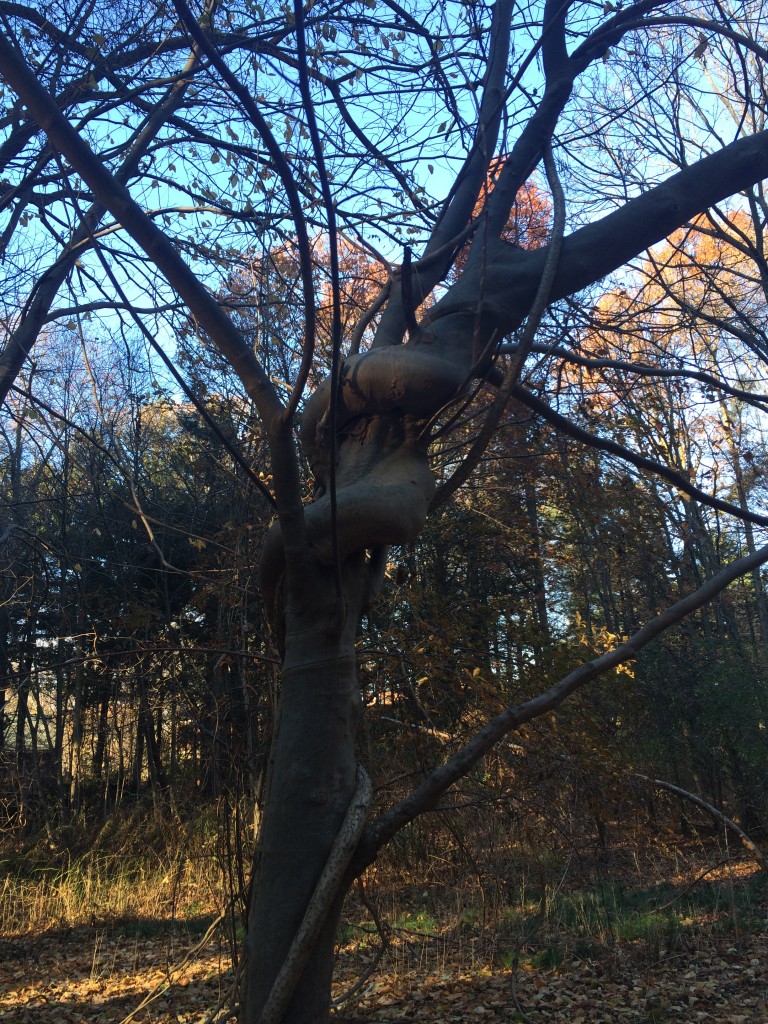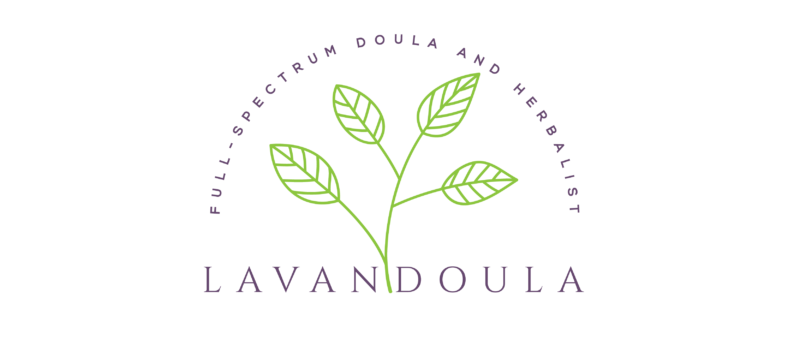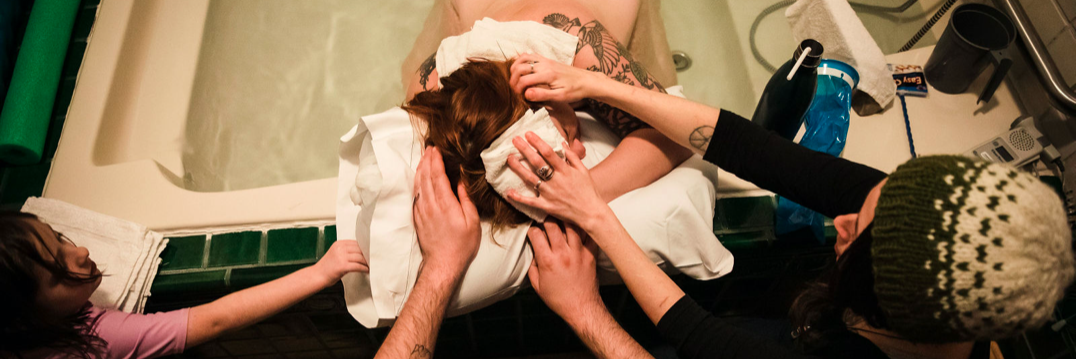Herbstalk 2016 was last weekend in Somerville, MA. The group of Saturday teachers gathered outside the Armory (it was rainy on Sunday), and I participated in my first ever “group jump” photo.
More on the class I taught:
With our culture’s strong focus on birth control and avoiding pregnancy, many people are left in the dark when they actually WANT to become pregnant! With the trend toward older ages for first-time parents (especially around Boston), many are wondering how to prepare their bodies best for parenthood. Why does it seem like everybody has babies so easily while others struggle for years, considering invasive fertility treatments? What does it even feel like to ovulate?
Come learn how to lay the groundwork for healthy fertility cycles, nourish your gametes and give yourself the best chance to have a healthy baby with the help of medicinal herbs and foods. This class is taught from the perspective of a birth doula who has years of experience helping parents (of many ages) have babies around Boston, MA.
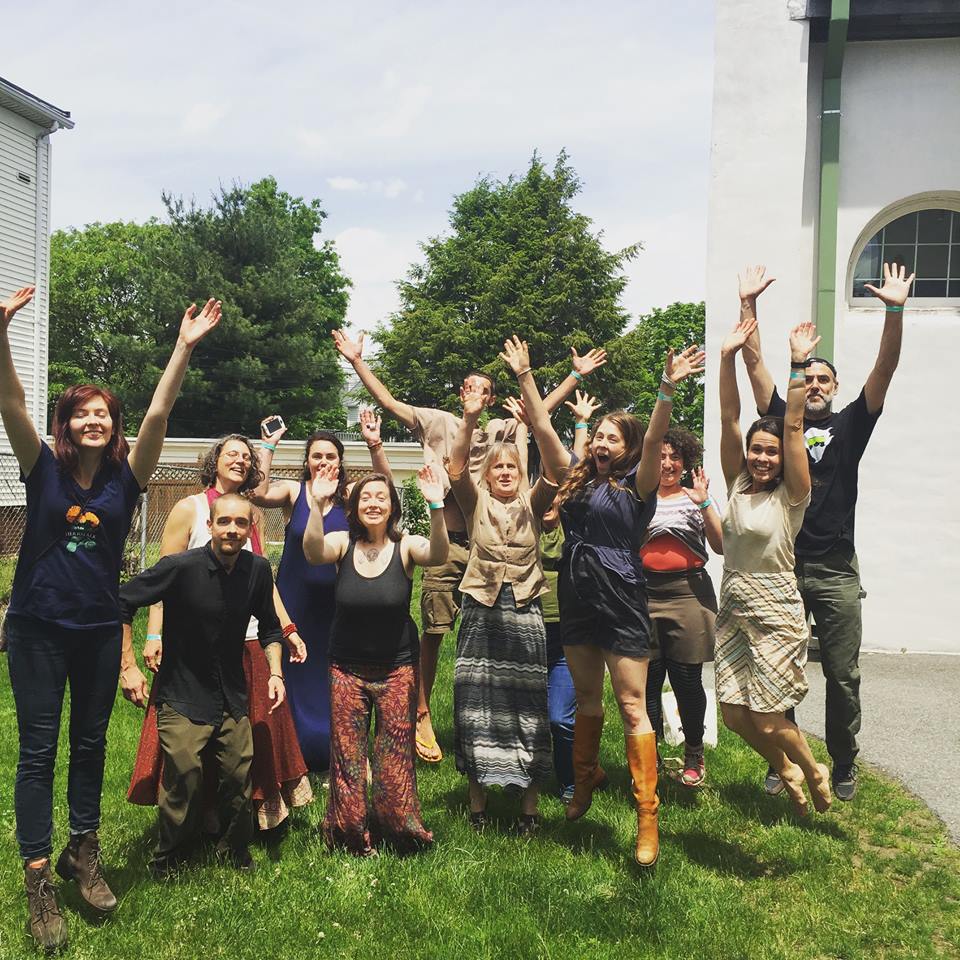
Making Seed Bombs at Make/Shift
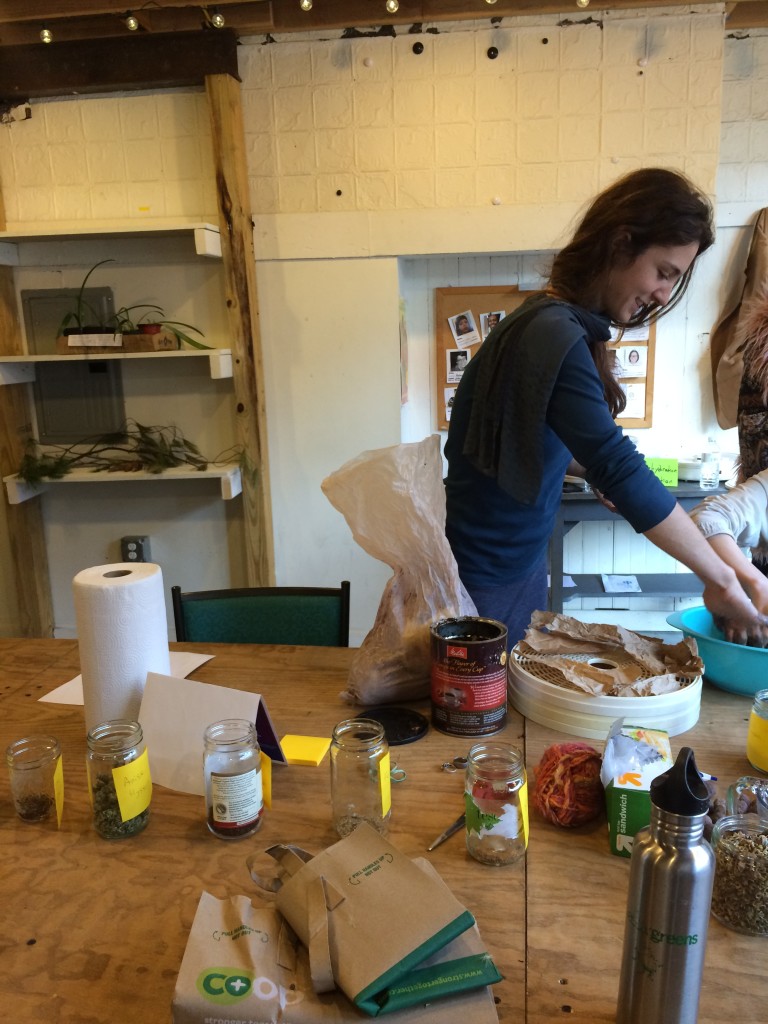
Herbalists Gavin McCarthy, Danielle at Growing Habits and I have begun to share space at Make Shift – a coworking office in Boston’s South End. Make Shift is the next iteration of the space that used to house the volunteer collective Lucy Parson’s Center. I used to walk from the Fenway to Back Bay for the Lucy Parson’s Center’s radical movie nights with friends. We’d watch a documentary, stay for the discussion, and schmooze through their library. It’s neat to be involved in the same location in a different generation! (Lucy Parson’s moved to my old block on Centre Street in Jamaica Plain while I was living in Hyde Square.)
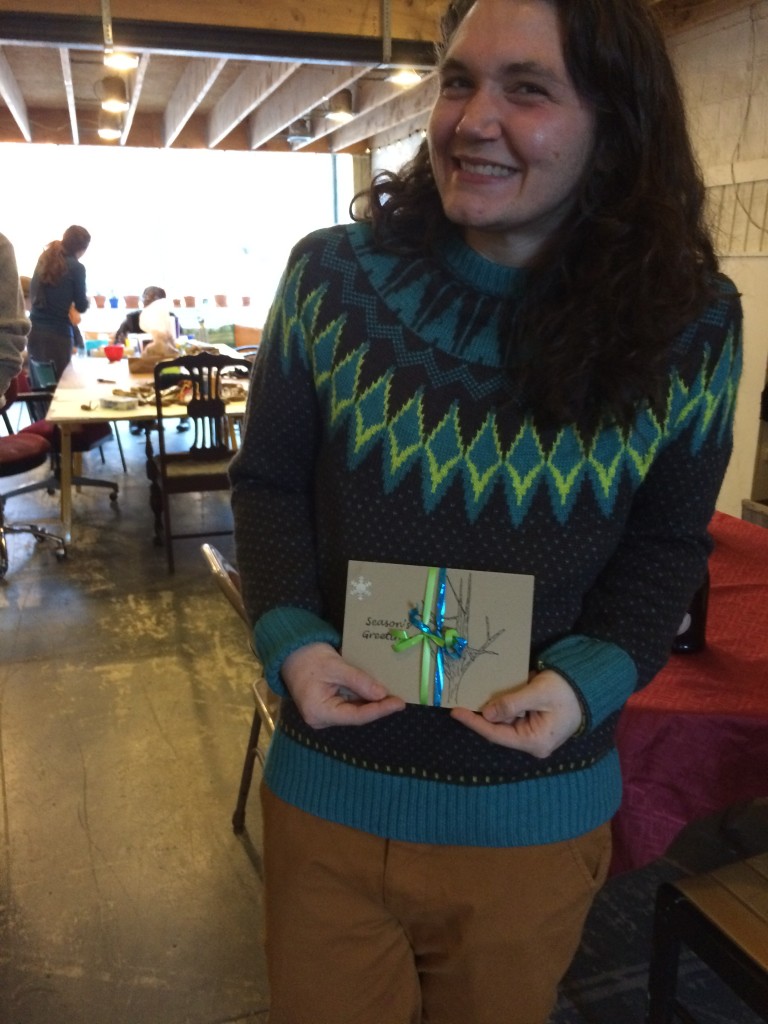
As part of our “welcome to the new space” event/solstice party, Danielle really wanted to have a seed bomb crafting space. What’s a seed bomb, you ask? A seed bomb is a little clump of compost, clay and the seeds from local (this part’s important) plants that you can toss in areas that could really use a little medicinal plant love. Abandoned lots, edges of MBTA fences and cracks in the sidewalks are all excellent locations to propagate these little nuggets. Danielle brought seeds from many local medicinals: calendula, echinacea, yellowdock, and Gavin contributed stuff from the home garden in Roslindale: blue vervain, anise hyssop and more.
To make your own seed bombs, use the following materials:
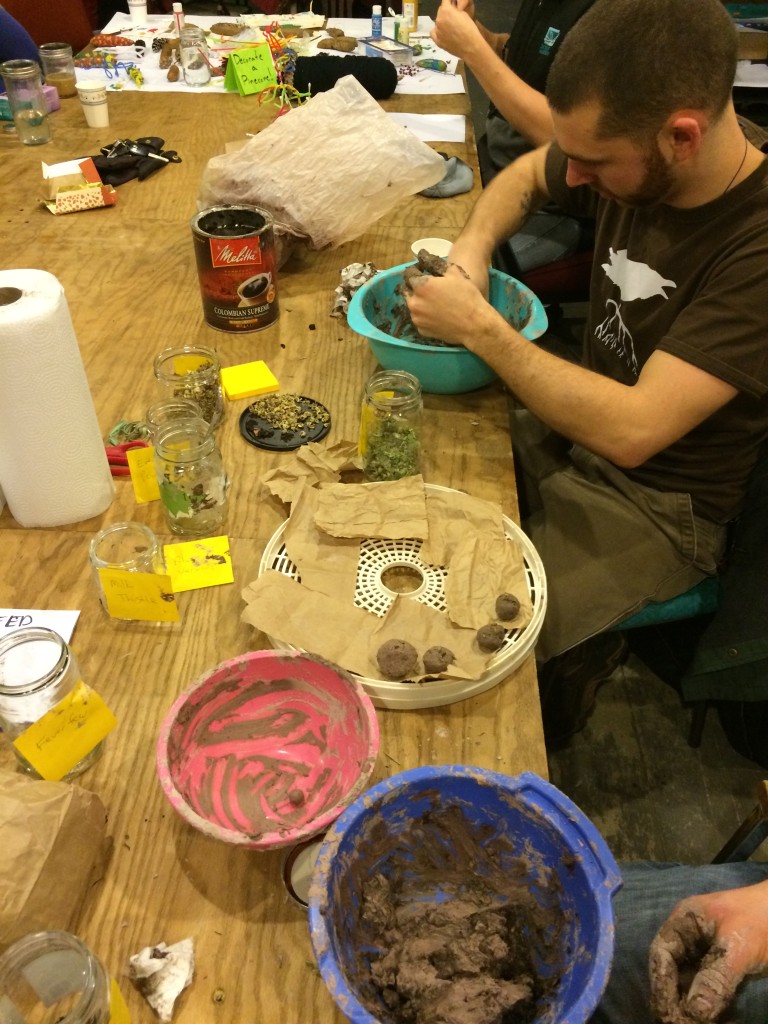
- -Potter’s clay
- -Compost
- -Seeds from local plants
- -Water (to moisten your compost and clay, which you may or may not need!)
- -Bowls and a dehydrator or place to leave them out to dry
Mix clay and compost about a 1-2.5 ratio and add seeds. Smooth them into little balls, and be really careful trying to clean the clay out (read: do not try to do that in your sink- scrape it out into the compost or trash)! We had two dehydrators going at this event, so that folks could take their seed bombs home in a few hours.
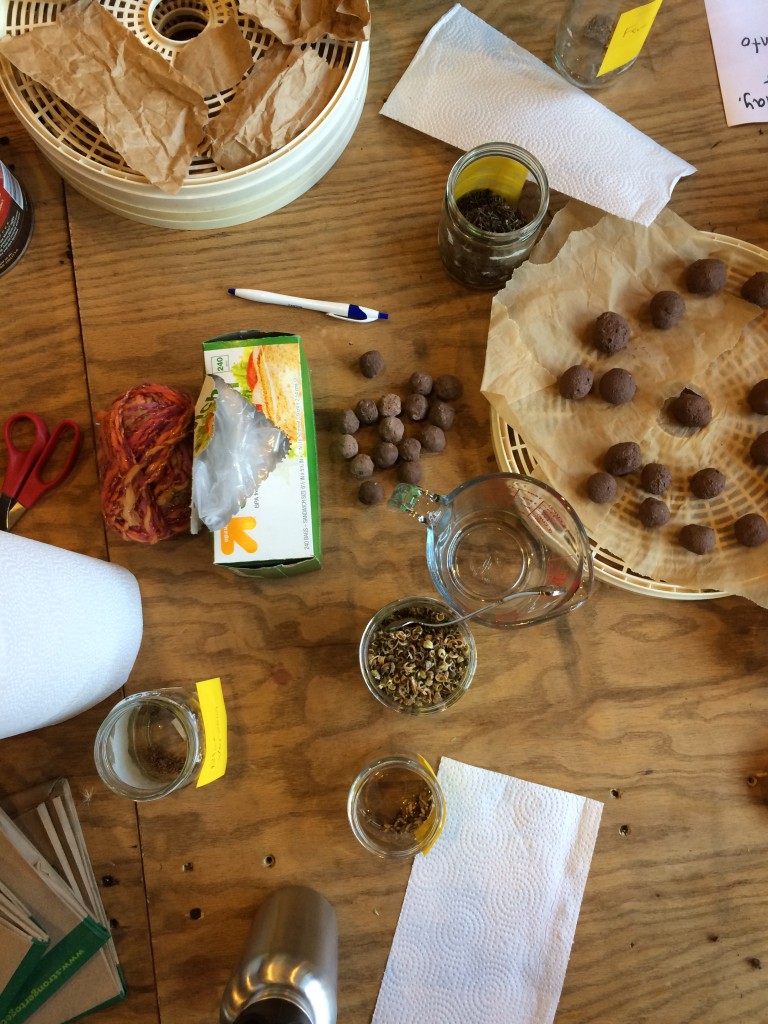
You can leave them out to air dry if you’d like, especially if you’re in a dry climate. The clay is to help give the bombs shape, but also to keep the seed from spreading over the ground too soon. When the spring comes, the rain will wash the clay and seeds into the soil and give them a chance to grow. Until then, the ground should stay frozen (but it’s been an incredibly warm winter so far). If the seeds are spread now, animals will likely get to them and eat them first (which is totally fine, but you don’t get to look at beautiful anise hyssop flowers that way)!

For guerrilla gardeners in an urban environment, these seeds might be spread in an area with clean soil, but it’s more likely that they will not. Medicinal plants are helpful to pollinators, animals and soil quality, too, especially if herbalist humans aren’t harvesting them for personal use! Our hope is that these may be spread in many locations – Our own gardens with clean soil, friend’s houses, edges of city properties, depleted soil and Boston neighborhood community gardens.
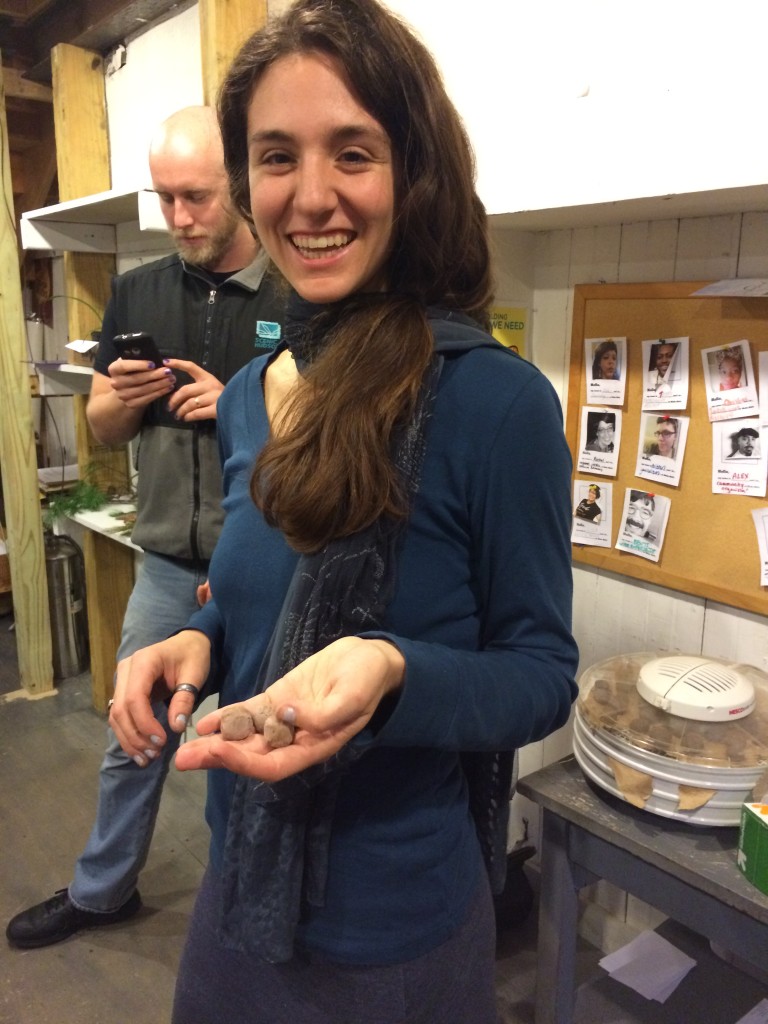
Keep an eye out for what’s next at Make Shift. The three of us will be teaching classes, hosting crafty events and herbal how-to’s. You’re all welcome to come check it out!
An Umbilical Tree
This past week, I was excited to host my friend Anabel, of La Loba Loca, who was in town to facilitate some skillshares at local colleges. Seriously- if you’ve got folks who are interested in sexual health, herbalism, and community-based care, bring her to your community! We met last year at CLPP and, together with others, organized a workshop in Los Angeles this summer.
We realized we were born less than two weeks apart, both cling to yarrow as we meet (and love to meet) TONS of people in our work, shared our 1970’s feminist/herbalist/queer book collections and spun wool together. I also took her to my favorite part of Boston, the Forest Hills Cemetery. We walked around the small chunk of local wilderness behind the gravesite and talked about how we best like to dry out an umbilical cord when preparing the placenta for encapsulation. She knew someone who would tincture the cord, separately, and suggests using it when a birth parent needs to be away from their child. Connection medicine.
Loba and I found this tree and stopped to check it out for a moment.
